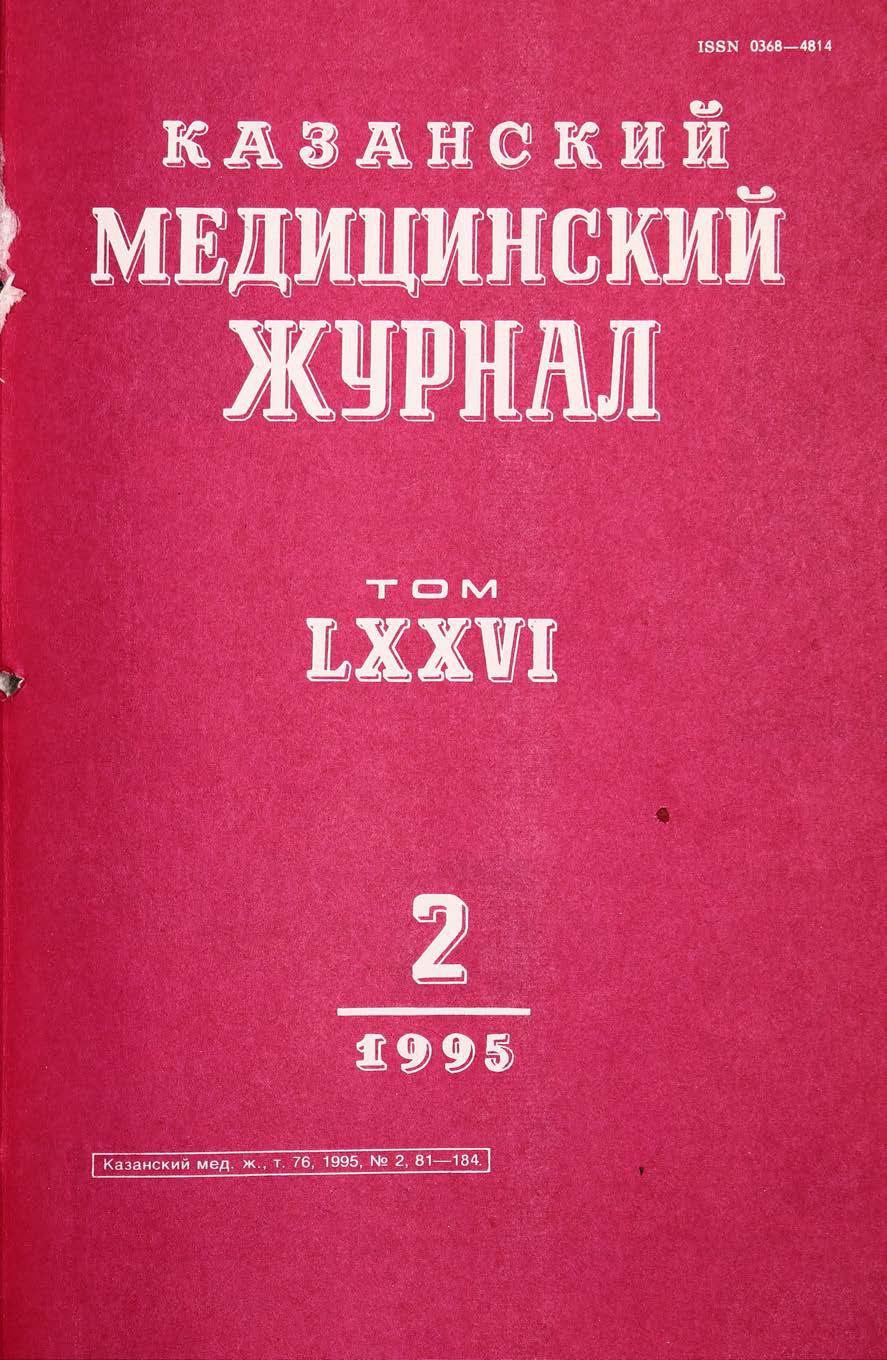Diagnosis and treatment of dysfunctions of the temporomandibular joint
- Authors: Nasibullin G.G.1, Zizevskiy S.A.1
-
Affiliations:
- Kazan Institute for Postgraduate Medical Education
- Issue: Vol 76, No 2 (1995)
- Pages: 137-140
- Section: Lectures
- URL: https://ogarev-online.ru/kazanmedj/article/view/97148
- DOI: https://doi.org/10.17816/kazmj97148
- ID: 97148
Cite item
Full Text
Abstract
Diseases of the temporomandibular joint (TMJ) with functional disorders occupy a special place in the practice of orthopedic dentistry due to the complex clinic, morphology and function. Unlike other joints, the TMJ is devoid of the hyaline cover of the articular surfaces. The free capsule and the presence of ligaments allow the heads to perform various movements on different floors of the joint divided by the meniscus: sliding-translational in the upper section and articulated in the lower section. With some physiological movements, for example, when the mouth is opened wide, the articular heads come out of the articular fossae, resembling a dislocation on radiographs, which is actually a physiological subluxation.
Keywords
Full Text
##article.viewOnOriginalSite##About the authors
G. G. Nasibullin
Kazan Institute for Postgraduate Medical Education
Author for correspondence.
Email: info@eco-vector.com
Department of Orthopedic Dentistry
Russian Federation, KazanS. A. Zizevskiy
Kazan Institute for Postgraduate Medical Education
Email: info@eco-vector.com
Department of Orthopedic Dentistry
Russian Federation, KazanReferences
Supplementary files





